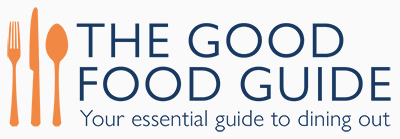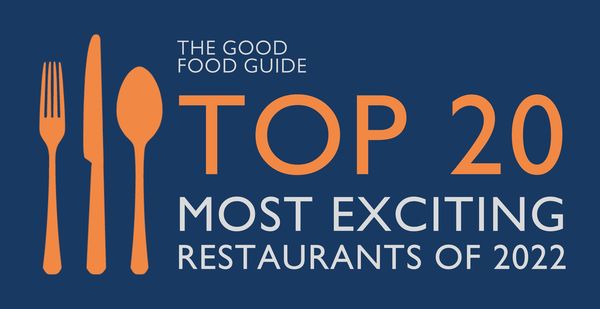Schnitzel is part of the cultural fabric of Vienna. Its importance is arguably equal to the city’s architecture, history, even its famous residents; locals can get a bit touchy about the subject. I wouldn't recommend arguing about pizza with a Neapolitan and the same applies to the Viennese and their schnitzel.
Ground rules first: A Wiener Schnitzel consists of a pounded veal topside slice, coated in flour, egg and fresh breadcrumbs and fried in either clarified butter or lard. If this sounds unnecessarily restrictive, don’t worry: Viennese food culture is not dissimilar to a ‘Will it deep-fry?’ YouTube channel, and all those variations still qualify as schnitzels, just without the city’s name attached.
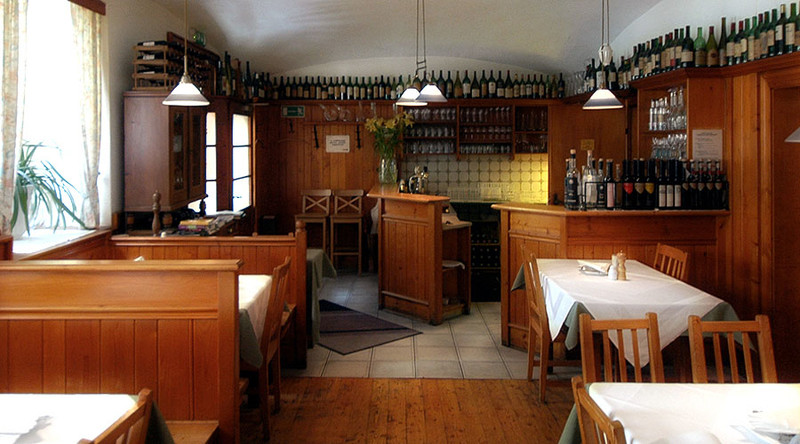
Another consideration is the sides. Conventional, local wisdom is that the coating is the side dish, which is hard to contest since it’s basically fried bread. But a green salad (touch of sugar in the vinaigrette for authenticity), some dressed lamb’s lettuce with a few bits of potato running through the dressing, and/or a cucumber salad are agreeable. Steamed potatoes in parsley butter are allowed, too. Tradition can be a tricky business. But there we have it - I think we’re ready to order.
Figlmüller is the most visible schnitzel slinger in Vienna. The brand's huge billboards at the airport are likely to be the first depiction of the dish a traveller to the Austrian capital will see. It comes as a surprise to find out that the group only runs two restaurants, and that only the branch in Bäckerstraße serves veal schnitzel, pork being the kitchen’s speciality. Even more surprising is that the dish is good: the menu is devoid of any flights of fancy, but it is competent and prices well. The only downside is that it’s a tourist hotspot, and so there is nothing immersive about Figlmüller. It’s a place for a quick bite when time is against you.
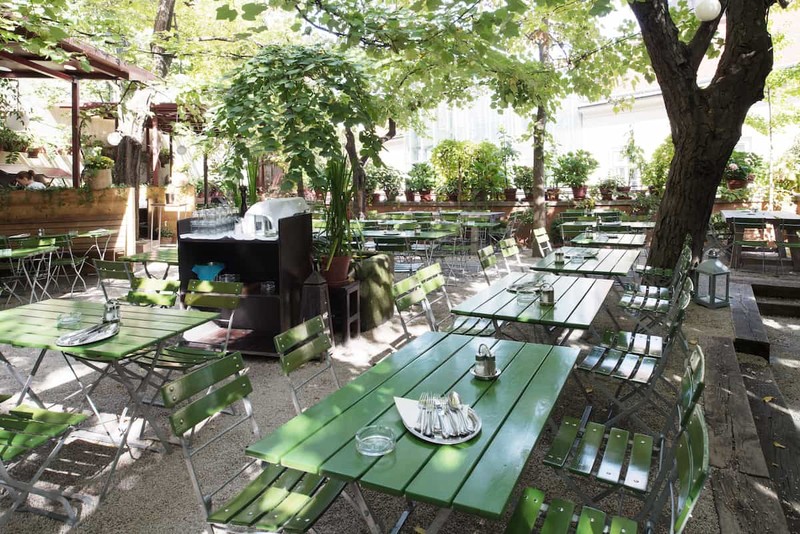
Gasthaus Grünauer in the 8th district is almost the very opposite: small, cosy and tucked away on a pretty side street, it attracts the Viennese establishment, with a sprinkling of local creative industry workers to keep age averages pre-geriatric. The menu changes daily but will always feature schnitzel in one or several formats, quite often including Zellerschnitzel, the traditional vegetarian version made from celeriac slices. The food that comes out of the Grünauer kitchen is some of the most revered and traditional Viennese cooking to be found anywhere, and the wine list is vast. And almost every Alpine fruit imaginable has been turned it into schnapps by a wily distiller.
Nearby Glacis Beisl is an altogether more raucous affair, a stripped back dining room and beautifully overgrown terrace hosting a younger crowd. It’s helped by its location at the back of MQ, the beating heart of Vienna’s contemporary arts scene. The schnitzel here is an old school veal affair and served only with a green salad; the wine list is anything but: a huge, well-priced selection of natural wines from Austria and her eastern neighbours makes it the perfect place to discover how well Slovakian orange wine and deep-fried food match.
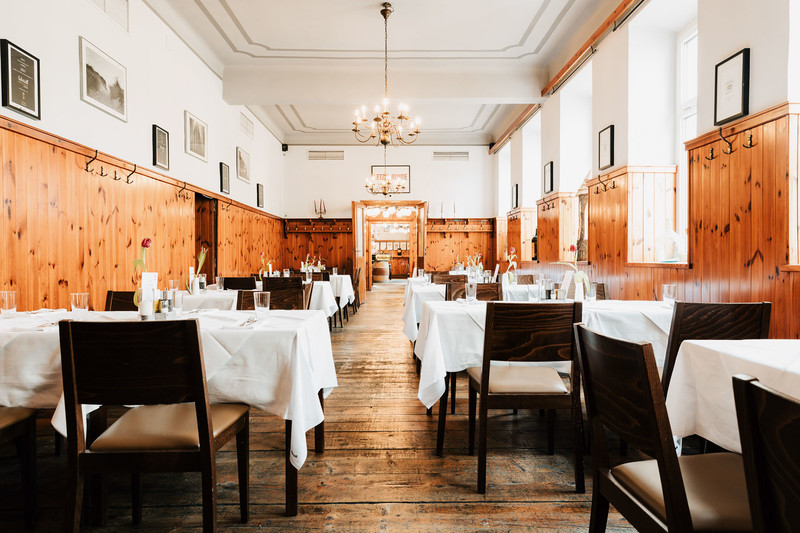
Lastly, there is Gasthaus Stern in suburban Simmering, a 15-minute underground journey from the town centre. For me, this is the holy grail of traditional schnitzel eating: a beautiful, traditional dining room, all wooden panelling and white tablecloths; and impeccable sourcing, transparently explained on the menu, with all meats served being reared to organic standards. The veal schnitzel is as authentic as is possible, with a pleasing crunch enveloping the gentle, tender meat. The rest of the menu has something of a Viennese St, John air around it: snails, bull’s testicles and tripe make regular appearances and the owners shoot their own game, too. But it’s just as easy to gently drift from a classic beef soup with pancake strips via the schnitzel to pillowy mountains of Salzburger Nockerl soufflé for dessert. Ah, Vienna.
